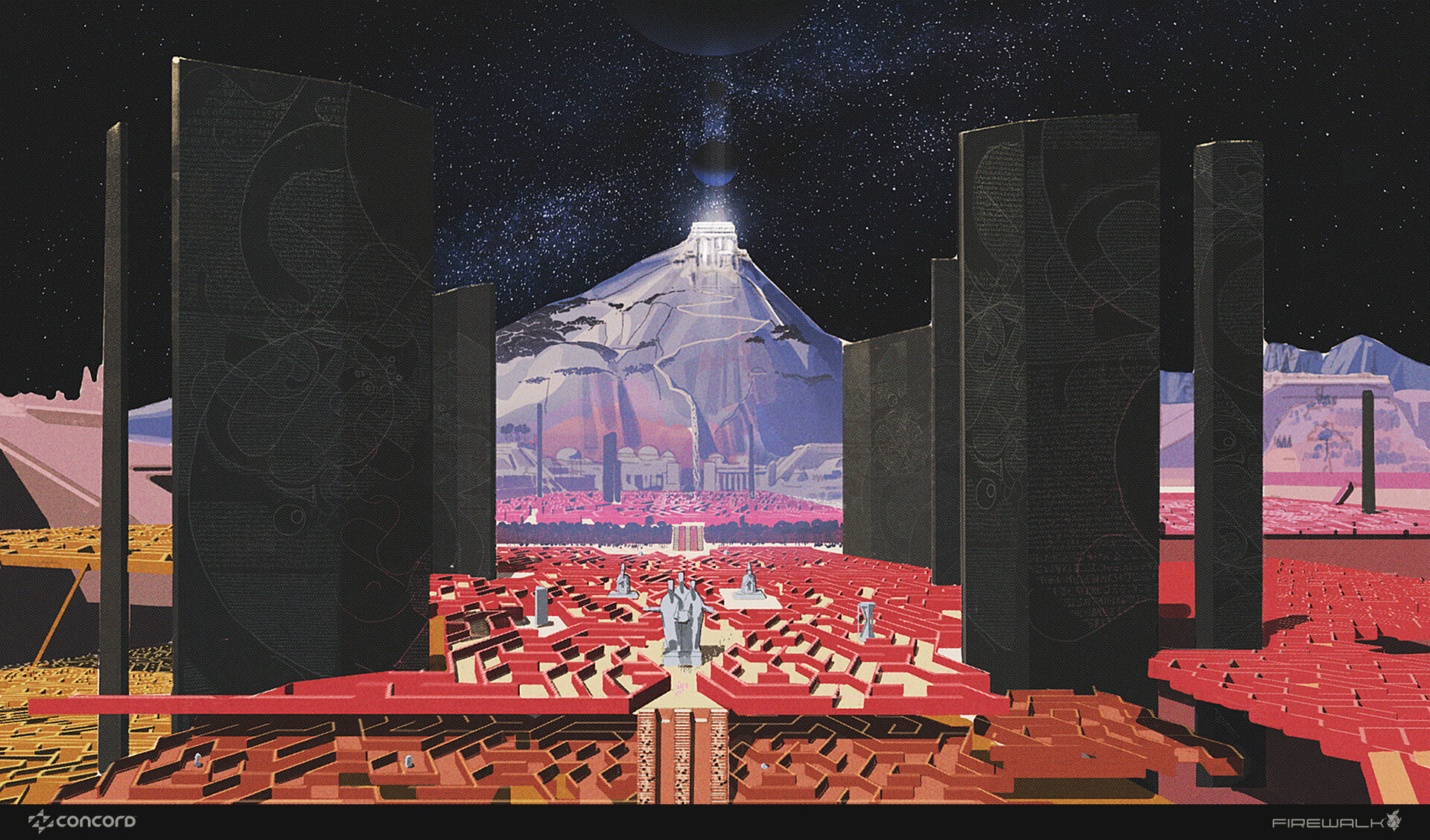Designers asked: what impression can you leave in a second?
Video sparks debate among designers regarding immediacy
"The beauty of a second," begins a video that subsequently whisks you on a journey through dozens of captivating moments. An associated article on Drawar then asks: what would you do if you only had a second to make an impression, and would it change your approach to design?
Although the original video is part of a film challenge, it's very appropriate for designers, who are always battling with the fickle nature of the average web user. "In fact, researchers in Canada demonstrated that test subjects felt able to judge the quality of a website in as little as 1/20th of a second," says Clearleft founding partner Andy Budd. "This speed precludes much cognitive thought and lends credence to the belief that we make gut reactions in the blink of an eye, and then try to post-rationalise them later."
Budd believes this could be the basis of the 'aesthetic usability effect', where users state nicer-looking sites feel easier to use, even when their actions indicate otherwise. "We don't know how strong an effect this gut feeling has or how subsequent experiences alter these perceptions, but it's clear if your site doesn't pass the initial 'blink' test, you'll have a harder job than if you provide an immediately positive experience," he adds.
The web is not a book
According to Headscape co-founder Paul Boag, too many web designers tend to do the opposite. "As web designers, we still design our sites like somebody is settling down with a good book. That is not the case," he says. "Each day is made up of a tapestry of moments as brilliantly captured in the one-second video, but an increasing number of those moments are consumed by those demanding our attention. With such a large signal-to-noise ratio we are becoming ever more adapt at identifying what deserves our time." Like Budd, Boag therefore argues we have almost no time to grab someone's attention and package our message accordingly: "We do not need to say everything in a matter of seconds, rather we have only a moment to prove ourselves worthy of the user's attention."
For James Chudley, cxpartners User Experience Director, the one-second video showcases some ways of gaining attention: "It communicates brilliantly how powerful even short sequences of video can be, particularly when they contain people." He notes that we constantly – consciously and subconsciously – make clear judgments about people; and the company's user research shows photography can massively impact on the user experience: "People are drawn to other people, and in particular eyes, faces and what those people are looking at." He recommends designers therefore consider whether photos are drawing attention away from key calls to action, and learn to better exploit the use of photography to gain attention.
Technical considerations
Jocelyn Kirby, Head of Marketing at Metakinetic adds that technical considerations also abound: "With Google's Instant Preview, web users are frequently 'vetting' sites before they even land on them. This gives you, at best, a single second to make an impression. It also means you must not only be concerned with the impression visitors get on reaching your site, but also the impact of a small full-page view". And with many users being in 'search mode' on arrival, you must ensure you give them something that they want, be it information, an offer, or some other means of gaining their attention.
The company's senior designer, Dan Ruffle, reckons a "less is more" approach should aid designers in achieving this aim, and recommends "looking for new ways to do this, embracing rich media and social plug-ins [to] create pages that make quick impressions". But designer and illustrator Geri Coady argues you must remember that technology also impacts on first impressions: "Personally, seeing Flash as a main feature of your website automatically makes me think that you don't understand (or even care) about accessibility. And even the average user who might not understand the technical side is affected, if they can't view your site on whichever device they use. That's the worst first impression they can get – good luck getting them back!" And she adds that while first impressions are important, they are an addition to – not a replacement for – appropriate levels of depth: "Relevant content and appropriate design is important in making a first impression on a website, but what's under the hood counts, too."
Get the Creative Bloq Newsletter
Daily design news, reviews, how-tos and more, as picked by the editors.

Thank you for reading 5 articles this month* Join now for unlimited access
Enjoy your first month for just £1 / $1 / €1
*Read 5 free articles per month without a subscription

Join now for unlimited access
Try first month for just £1 / $1 / €1

The Creative Bloq team is made up of a group of art and design enthusiasts, and has changed and evolved since Creative Bloq began back in 2012. The current website team consists of eight full-time members of staff: Editor Georgia Coggan, Deputy Editor Rosie Hilder, Ecommerce Editor Beren Neale, Senior News Editor Daniel Piper, Editor, Digital Art and 3D Ian Dean, Tech Reviews Editor Erlingur Einarsson, Ecommerce Writer Beth Nicholls and Staff Writer Natalie Fear, as well as a roster of freelancers from around the world. The ImagineFX magazine team also pitch in, ensuring that content from leading digital art publication ImagineFX is represented on Creative Bloq.
